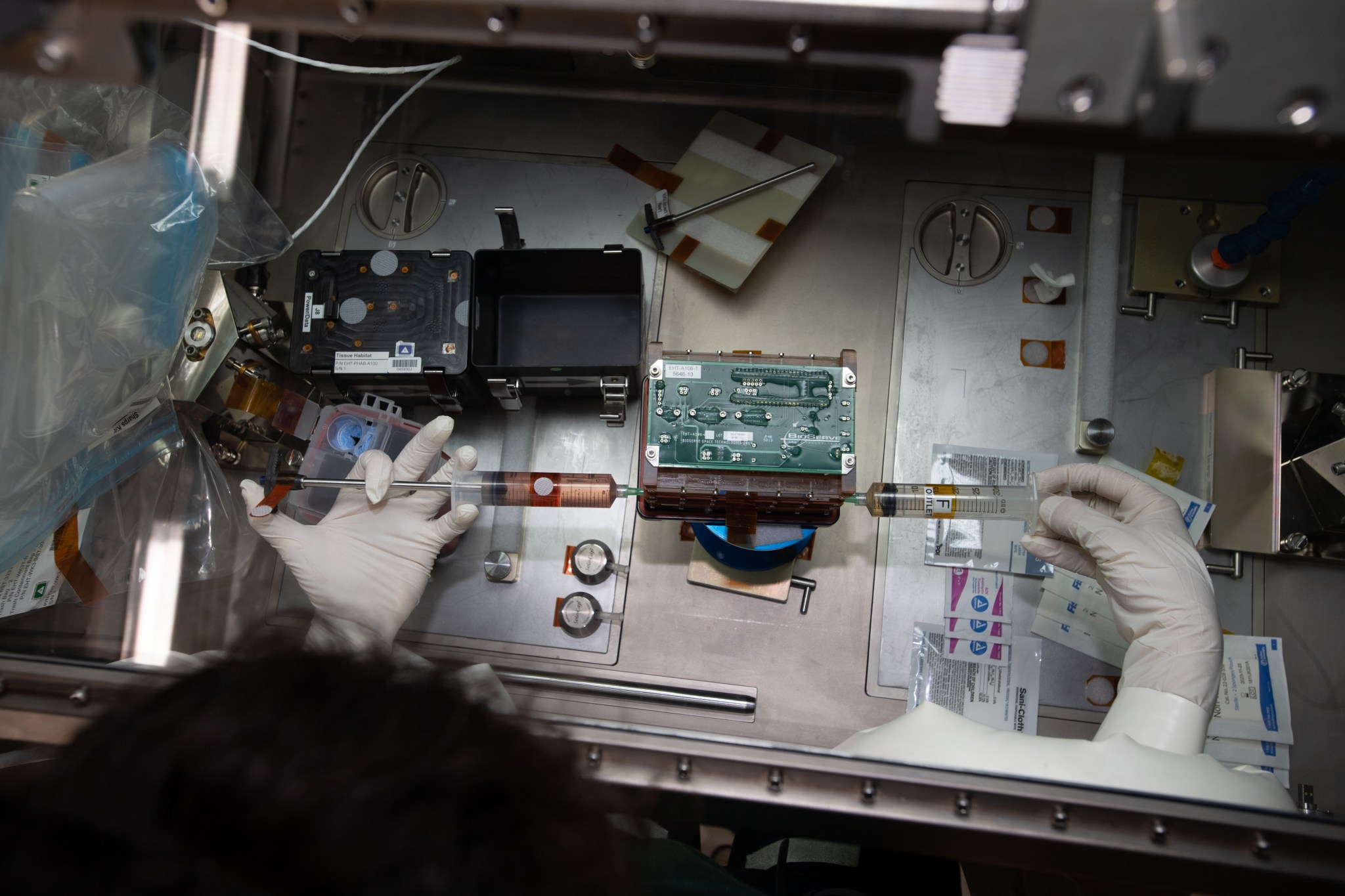Engineered heart tissues in space showed impairments that led to increased arrhythmias and loss of muscle strength, changes similar to cardiac aging. This finding suggests that the engineered tissues, essentially an automated heart-on-a-chip platform, can be used to study cardiac issues in space and aging-related cardiovascular disease on Earth.
Microgravity exposure is known to cause changes in cardiovascular function similar to those seen with aging on Earth. Engineered Heart Tissues assessed these changes using 3D cultured cardiac muscle tissue. The 3D cultures, grown with special scaffolds and derived from human cells, are better at reproducing the behavior of actual tissues than previous models. Results could support development of countermeasures for crew members on future long-duration space missions and development of drugs to treat cardiac diseases on Earth.

A space-based and an airborne imaging spectrometer together make it possible to attribute the source of methane and carbon dioxide plumes to specific sectors, such as oil and gas or agriculture. Methane and carbon dioxide emissions are primary drivers of human-caused climate change. This finding could improve greenhouse gas budget and inform mitigation strategies.
The space station's Earth Surface Mineral Dust Source Investigation






